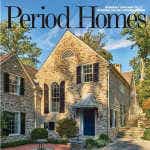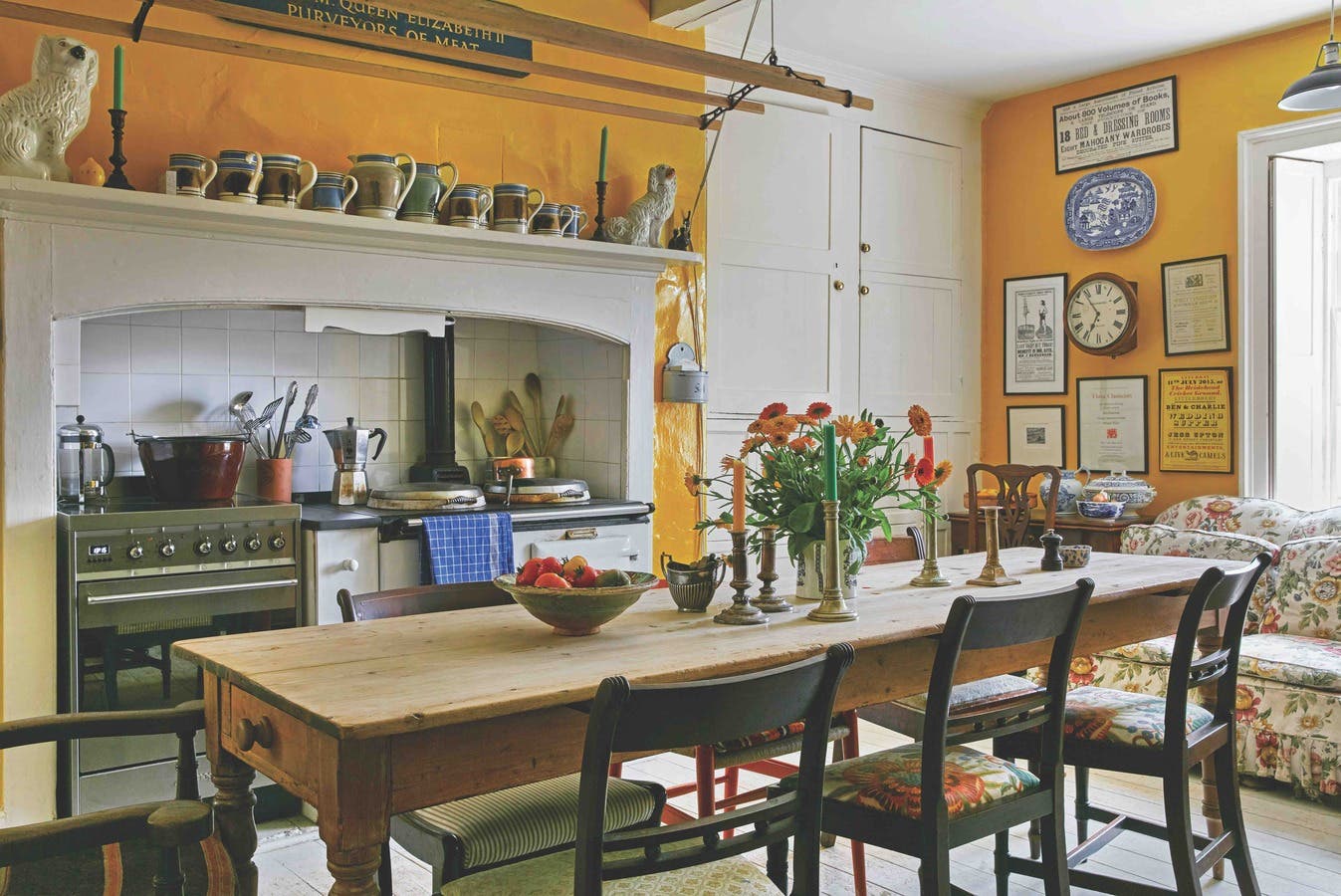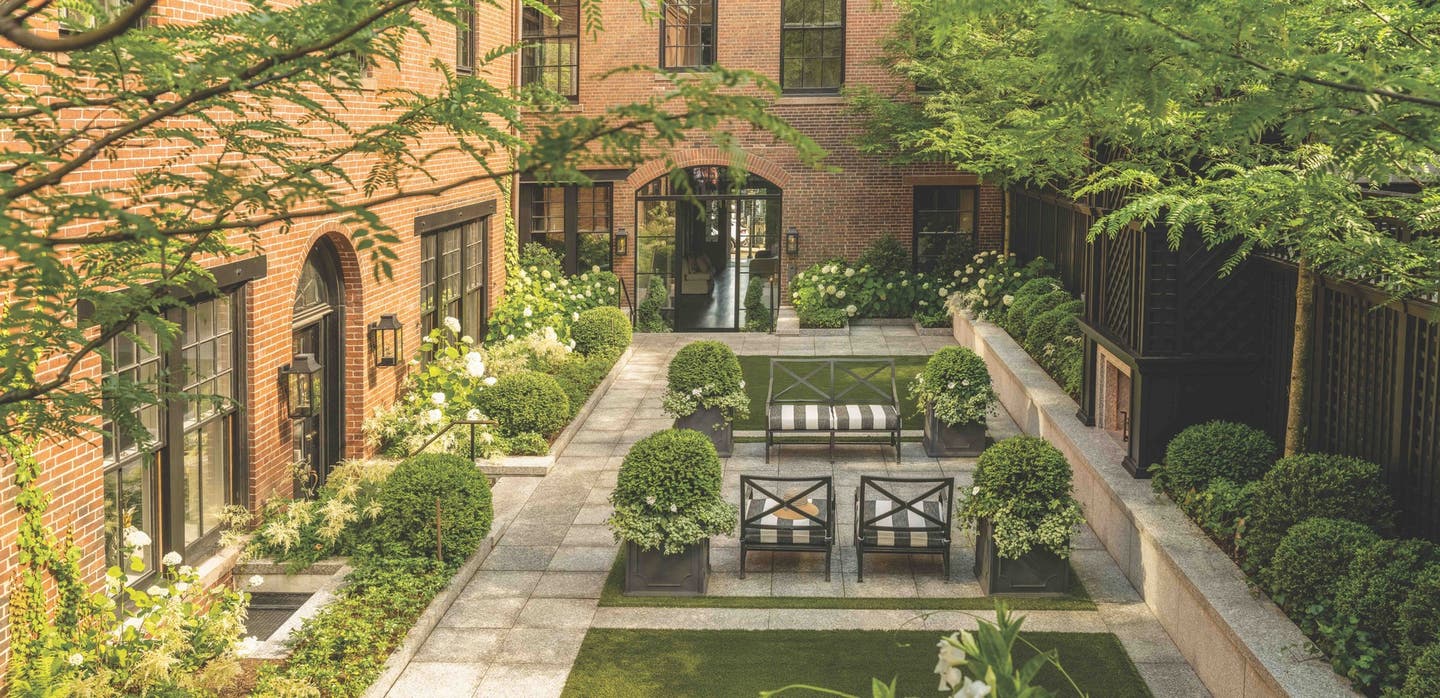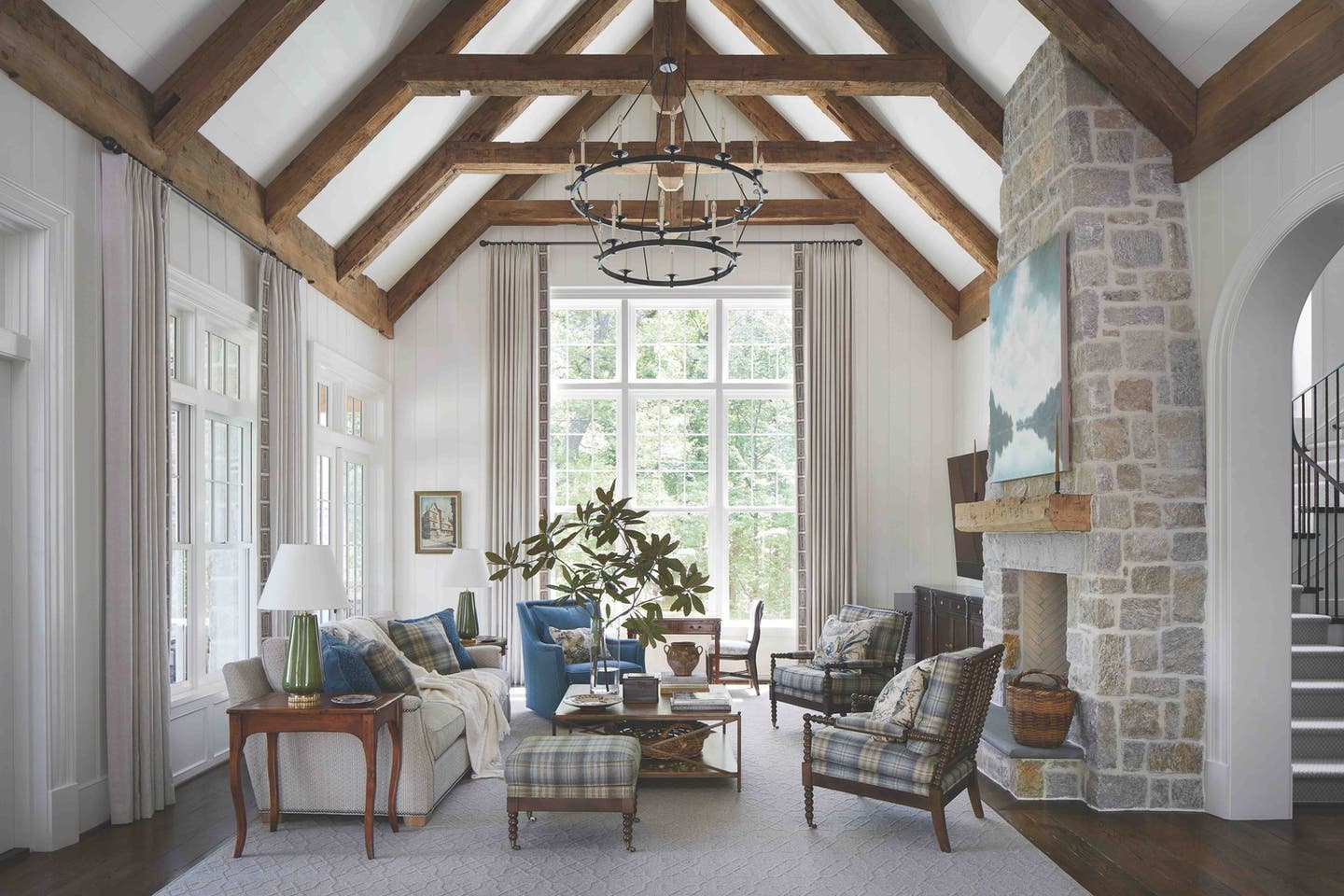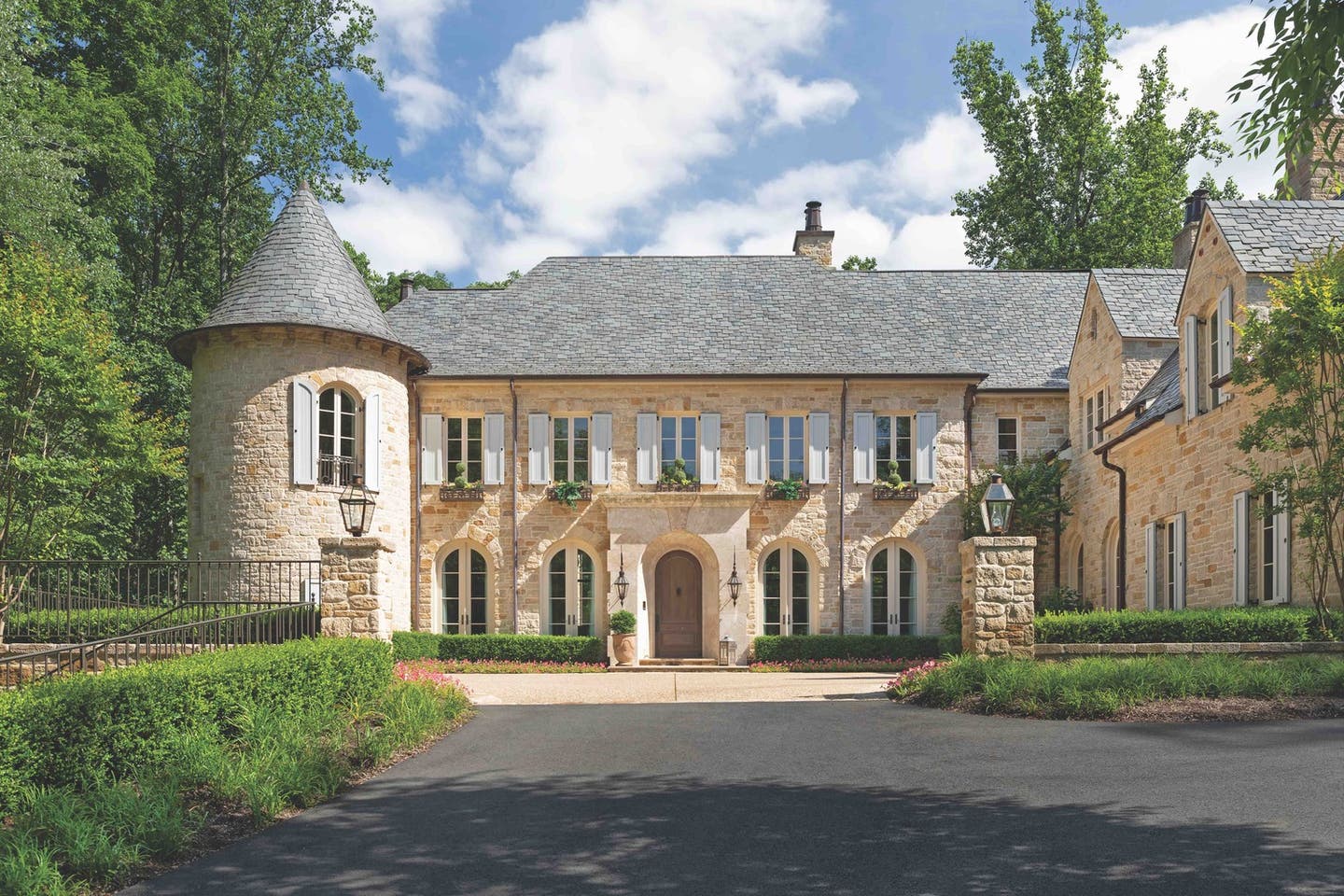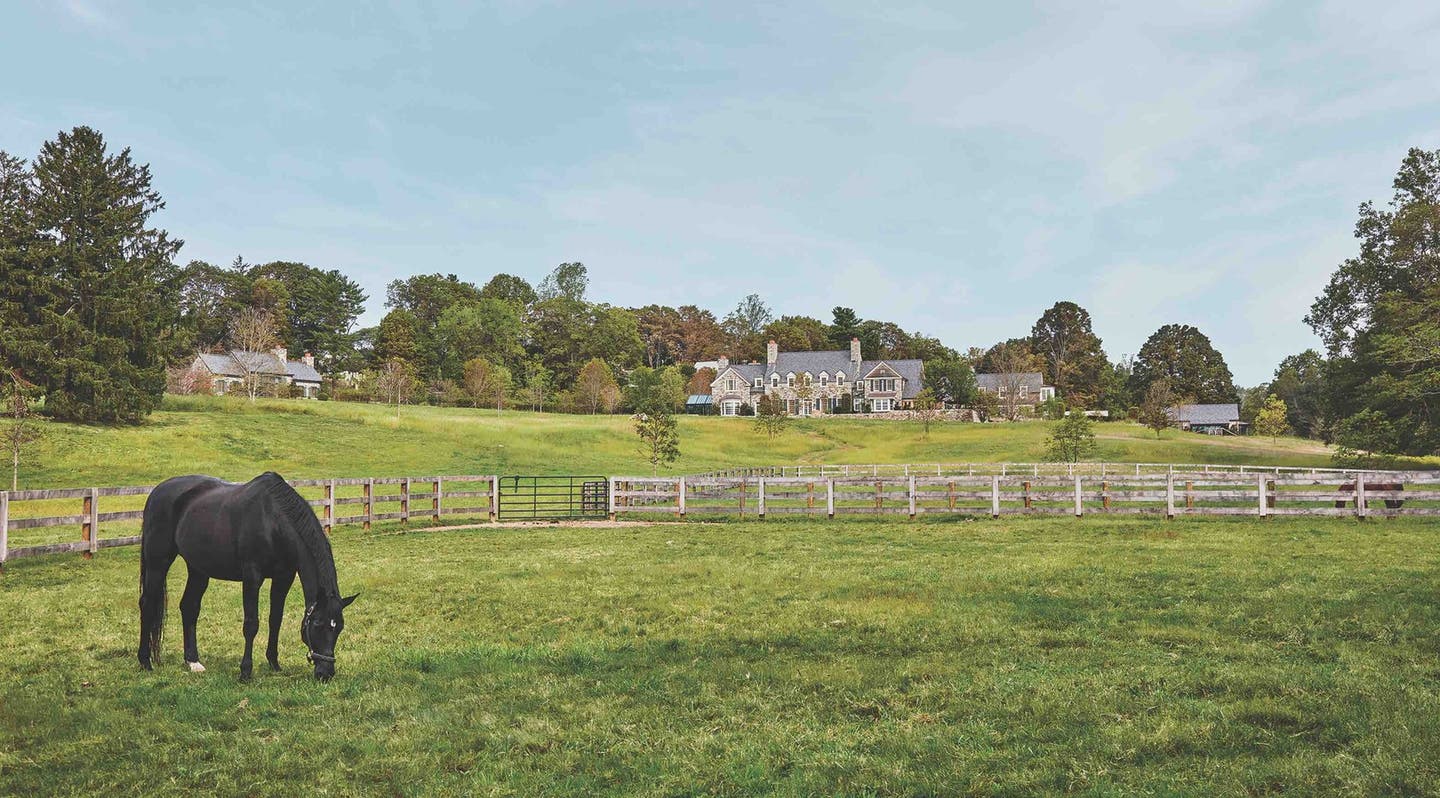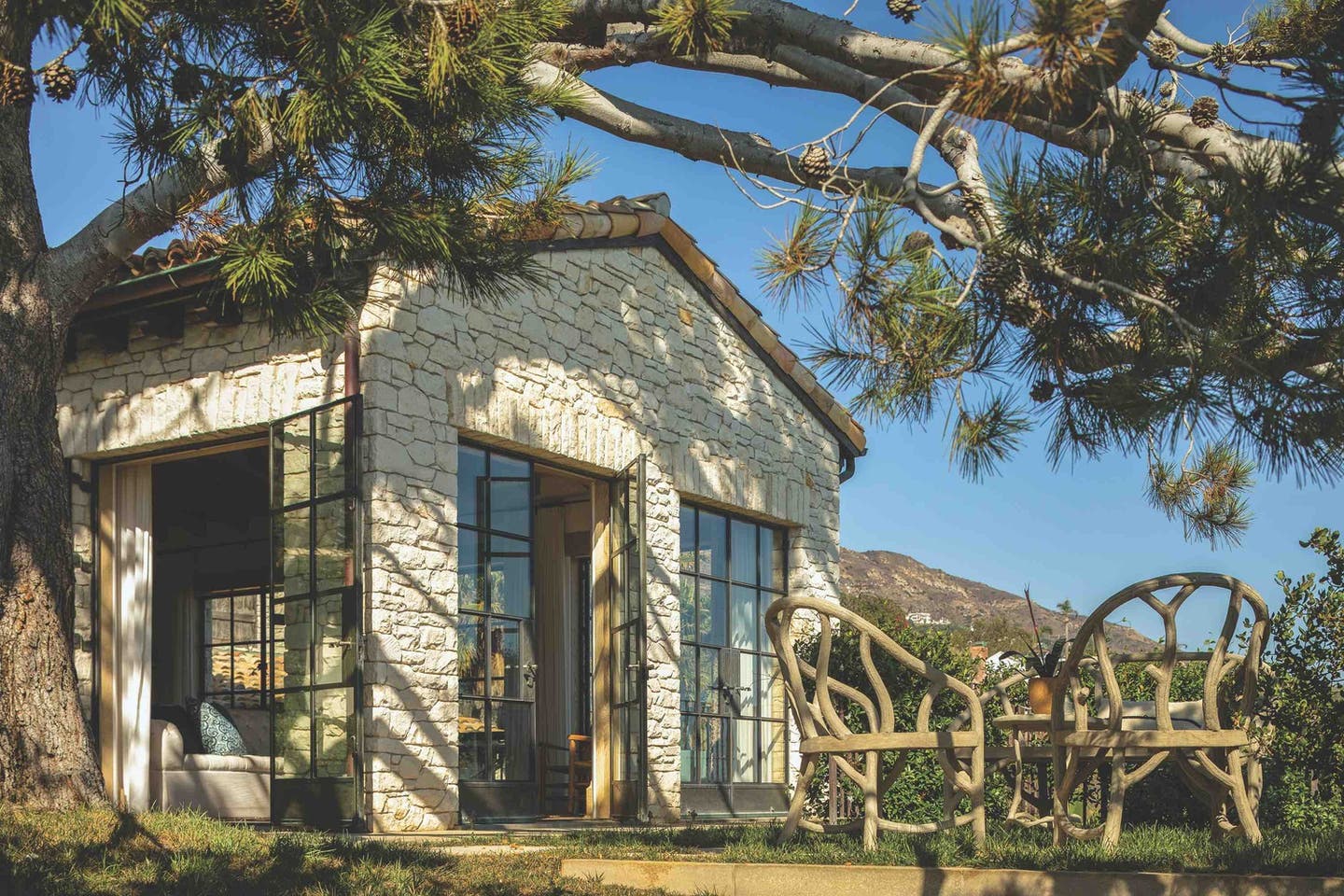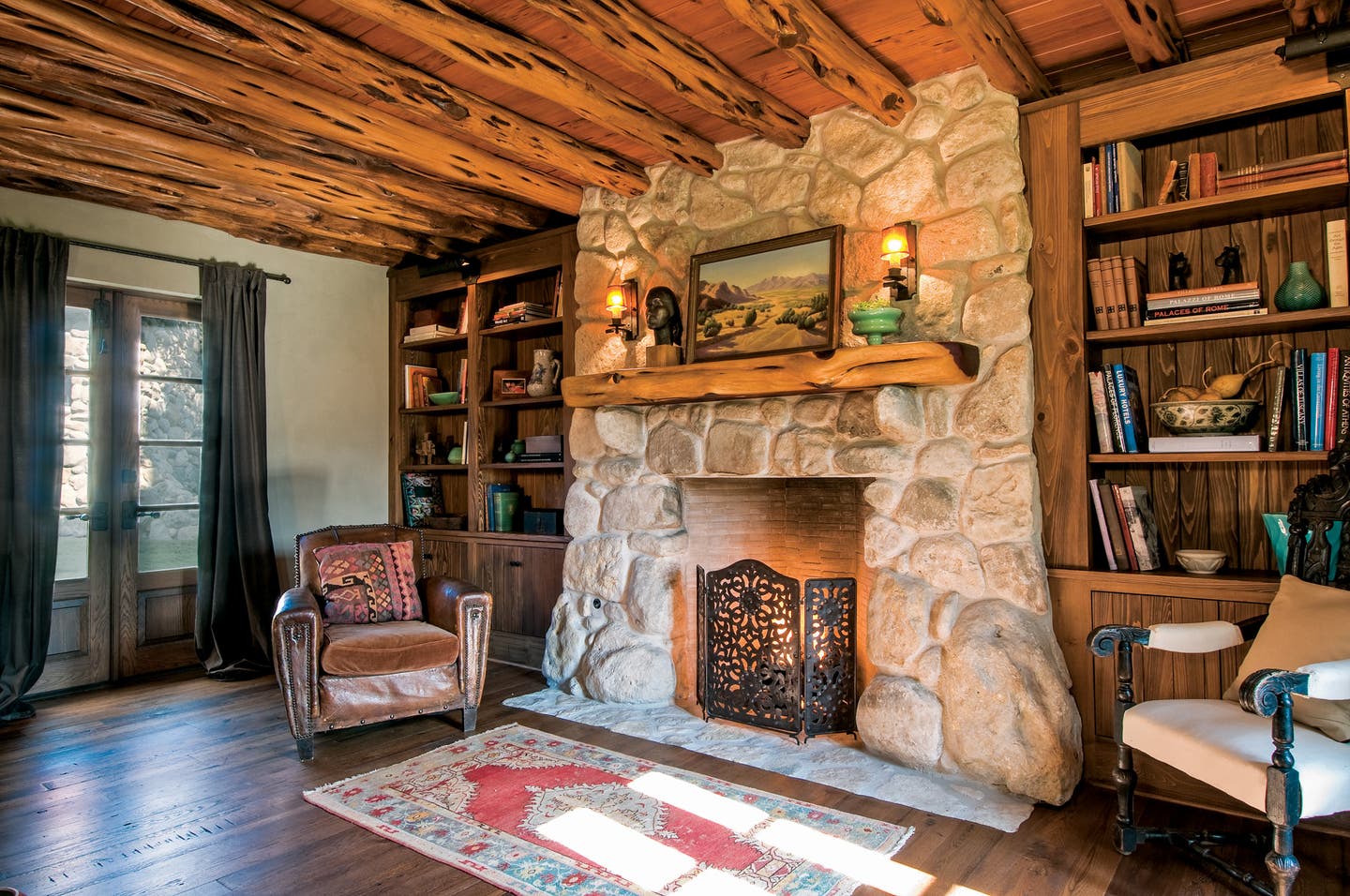
Restoration & Renovation
Restoring a Texas Ranch
Photography by Paul Hester
When his client walked in one day and asked if a ranch project was of interest, architect Michael Imber’s attention peaked immediately. Located in the Medina River Valley in south-central Texas, where dude ranches thrive, the property brimmed with potential: a quaint lodge house, reached via miles of sparsely populated acreage, with great bones and an intriguing history.
For starters, its river locale is just west of Bandera, a.k.a. the “cowboy capital of the world,” where hitching posts are still a common fixture on main street. For Imber, principal of Michael G. Imber Architects, with offices in San Antonio and San Francisco, the area had a lot of romantic appeal. “My father was a cowboy on a dude ranch there back in the 1940s. All of the history revolves around cattle and cowboys; it’s quintessential Texas,” he summarizes.
But the structure itself appealed as well. The oldest section, known as the J. H. Autry Ranch, was built in the early ’40s. Then, in ’49, a well-known local stonemason and crew built an addition, dubbed the Rock Ranch House, with stones culled from the nearby river. Designed by a New York stage set designer, the house, with its distinctive stone façade, is no less than a local landmark.
Imber’s client, a celebrity musician with young children, had been using the house as a music studio and retreat, but was looking to morph it into a full-fledged family home. “The goals were to renovate the main living spaces while adding on a new master suite and a separate wing for the three children,” explains the architect. “We also integrated modern mechanical systems, including air conditioning, along the way.”
Turning the ranch into a residence required a series of additions that ultimately doubled the existing square footage. “It was a real challenge to increase the size and not ruin the aesthetics,” contends Imber. “The last thing we wanted to do was swallow up this charming, historic ranch with a large two-story addition. We wanted to maintain the original scale and character as much as possible.”
To combat massing, Imber expanded via two wings: one for a new family room off the refurbished kitchen, the other for the children’s living spaces. The wings telescope out from the existing structures at varying angles: first the great room, then the kids’ area a little farther uphill. The additions react to—but never impose on—the site.
Elaborating on the ranch’s initial “camp model” of separate pavilions connected by porches, Imber used hallways and breezeways to connect the new living spaces not only to each other but also to the surrounding landscape, artfully blurring the line between outdoors and in.
Meanwhile, much of the existing home was reworked extensively, including the introduction of a new second-floor master suite tucked into the unchanged roofline. The original galley kitchen was gutted in favor of a new, larger kitchen, which borrowed space from the old master suite.
Strategically reusing the ornamental strap hinges and latches from the galley kitchen contributed to the new kitchen’s period effect: “We didn’t want bought hardware throwing off the authenticity,” says the architect. A copper vent hood with strapping, knotty pine cabinets, and colorful encaustic floor tile lend additional charm to the cheerful, family-friendly space.
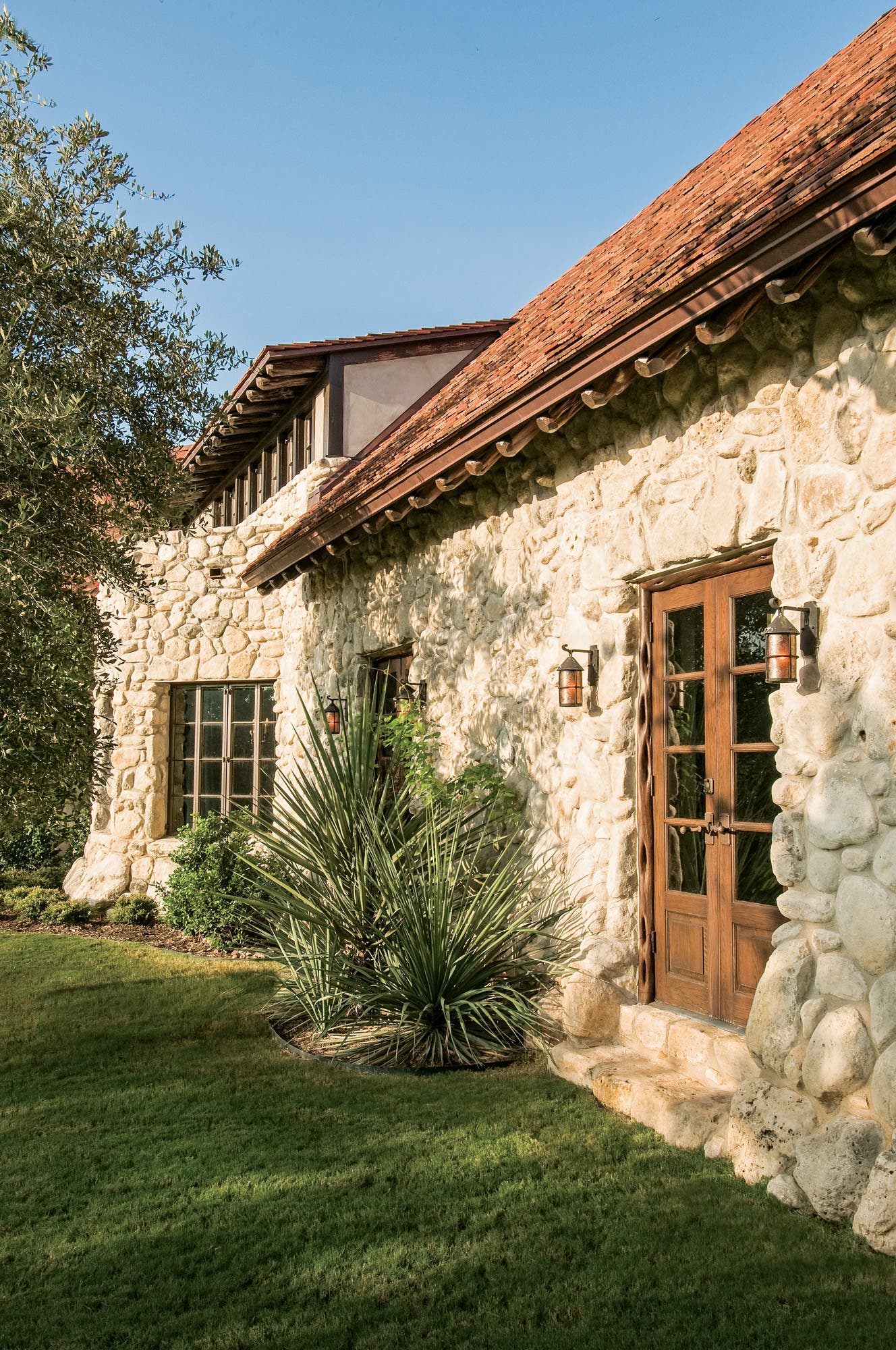
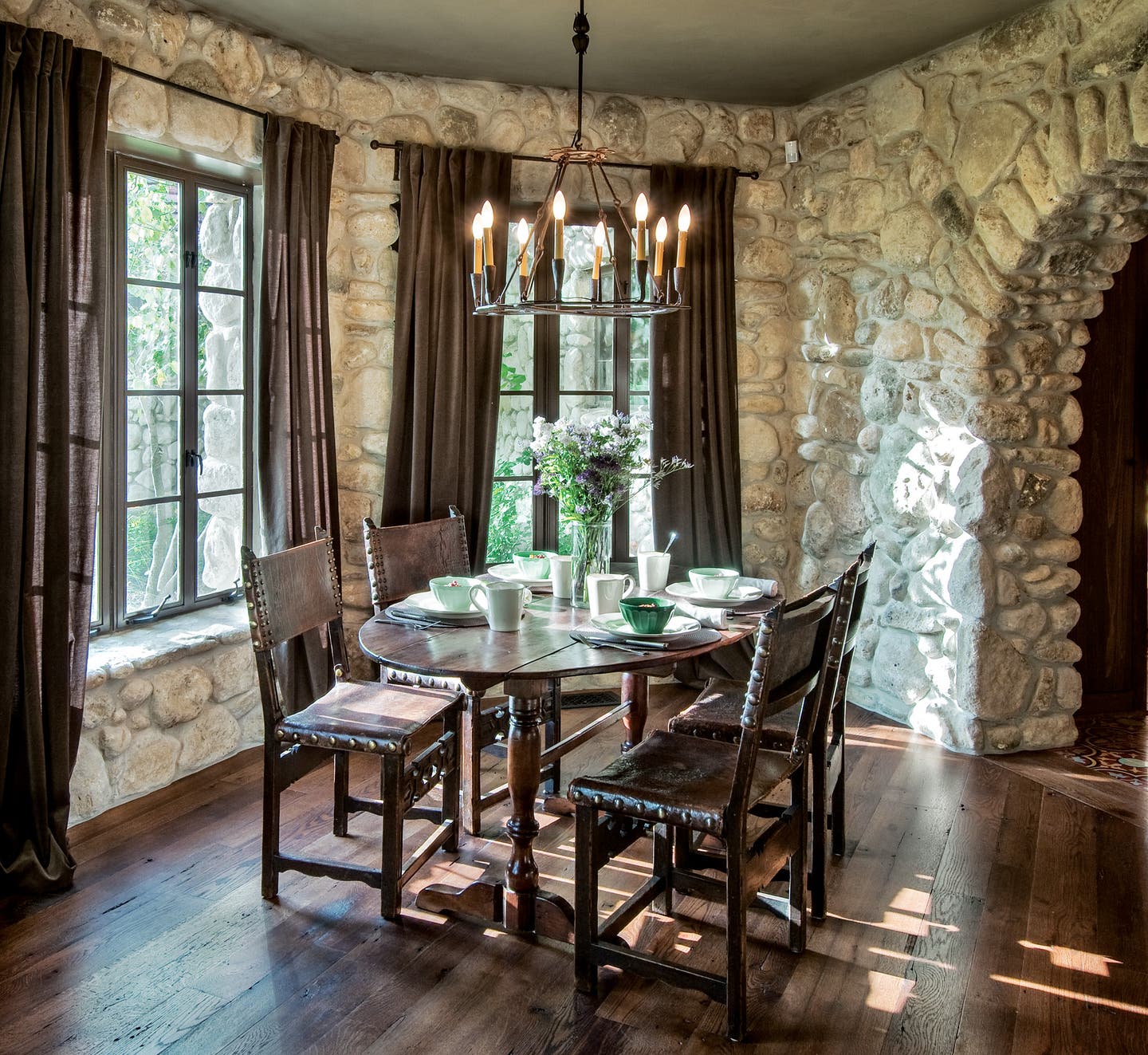

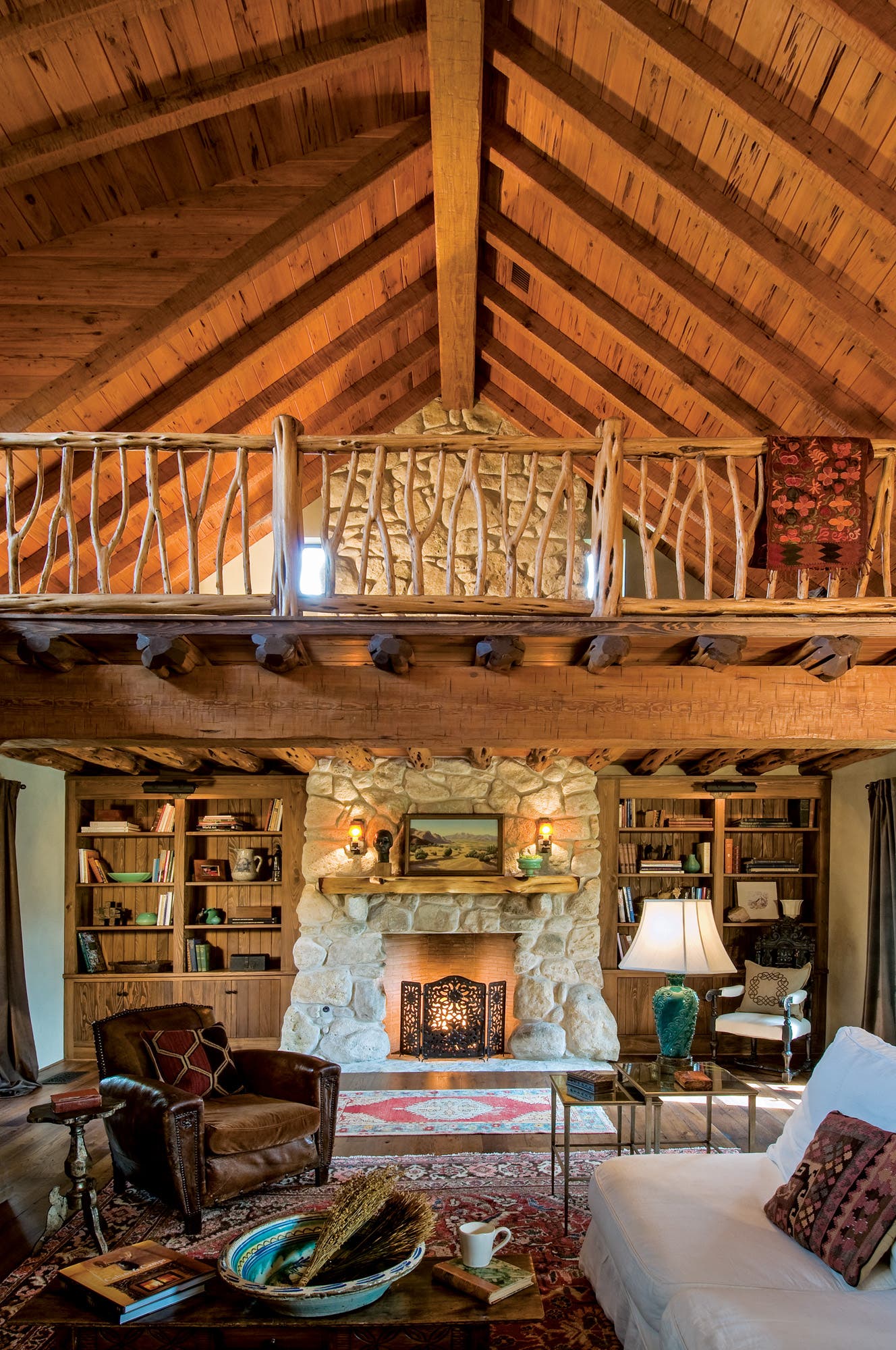
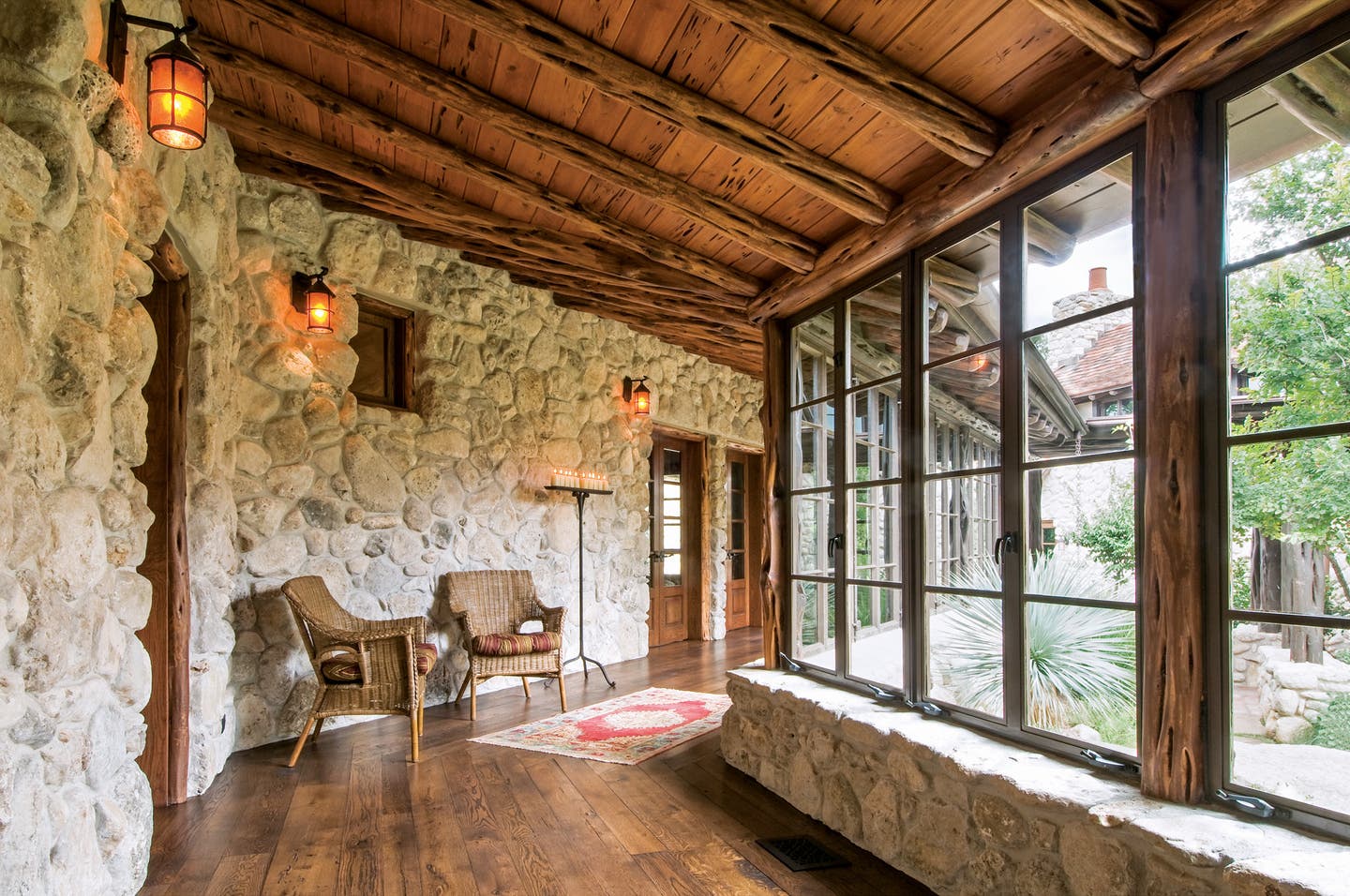
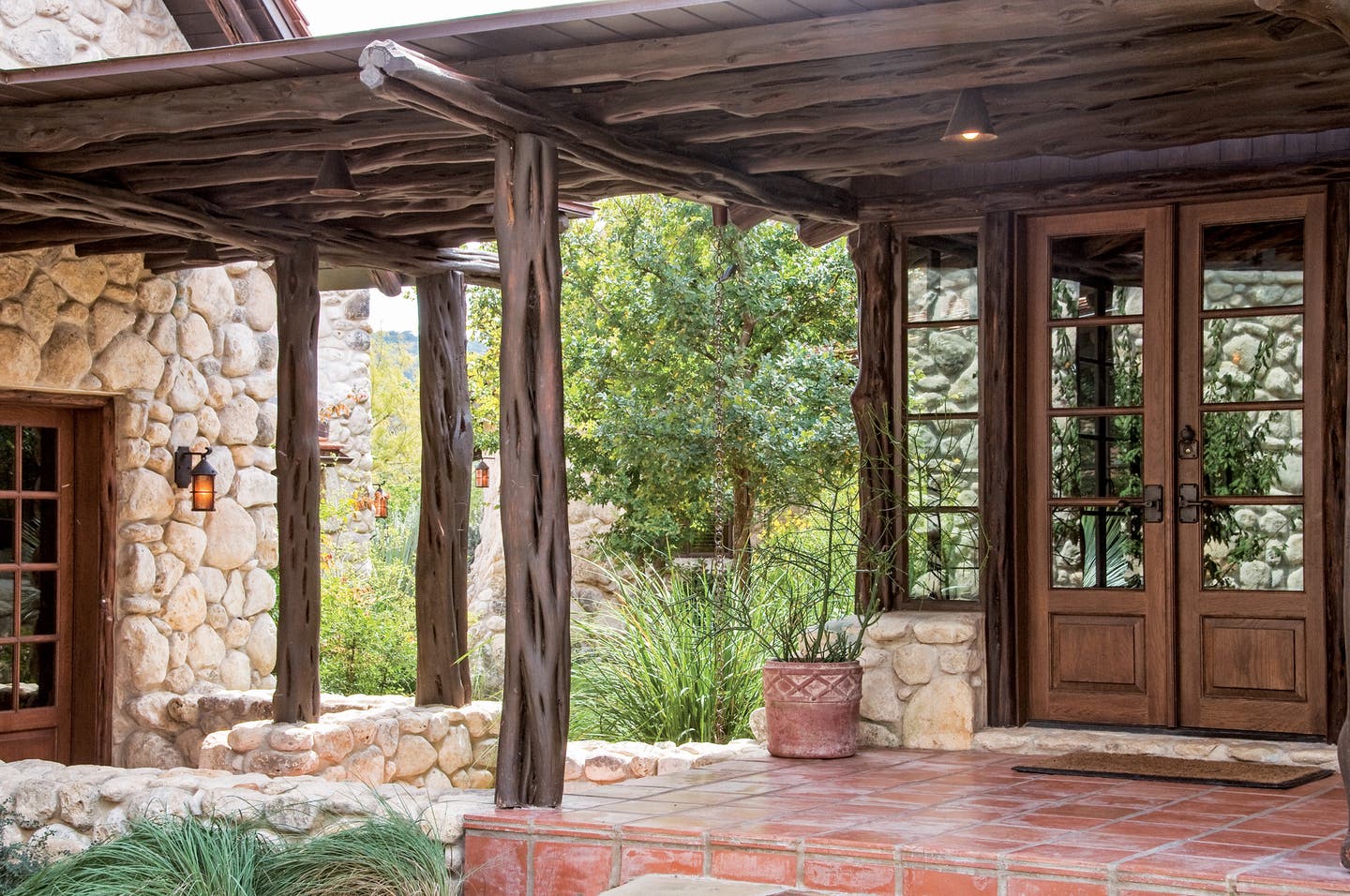
Branching off from the kitchen is the new great room wing, an impressive double-story space centered on a massive fireplace made from river stone harvested onsite. Yet another ranch material, cedar, was used for the vaulted ceiling’s support beams and paneling as well as the loft area’s artistic railing. “The carpenter pre-selected railing pieces out in the field while the wood was still green,” recalls Imber.
Uphill lies the children’s wing, which comprises not only a bathroom and bedrooms but also a playroom, library, and direct access to an outdoor play area, once a chicken yard. In the playroom, another vaulted ceiling features site-harvested and intriguingly gnarled cedar purlins.
The ranch’s natural bounty of cedar and stone allowed architect and client to employ real sustainability. Using indigenous materials, training the masons to match the pre-established stonework patterns, and employing custom-designed light fixtures and hardware all contributed to the successful blending of past and present.
Imber set out to respect the original buildings while adding on seamlessly, and he succeeded, winning a 2015 Palladio Award for Sympathetic Addition. The result of his efforts is that the home still feels like a ranch, but the ranch is now much more of a home.

